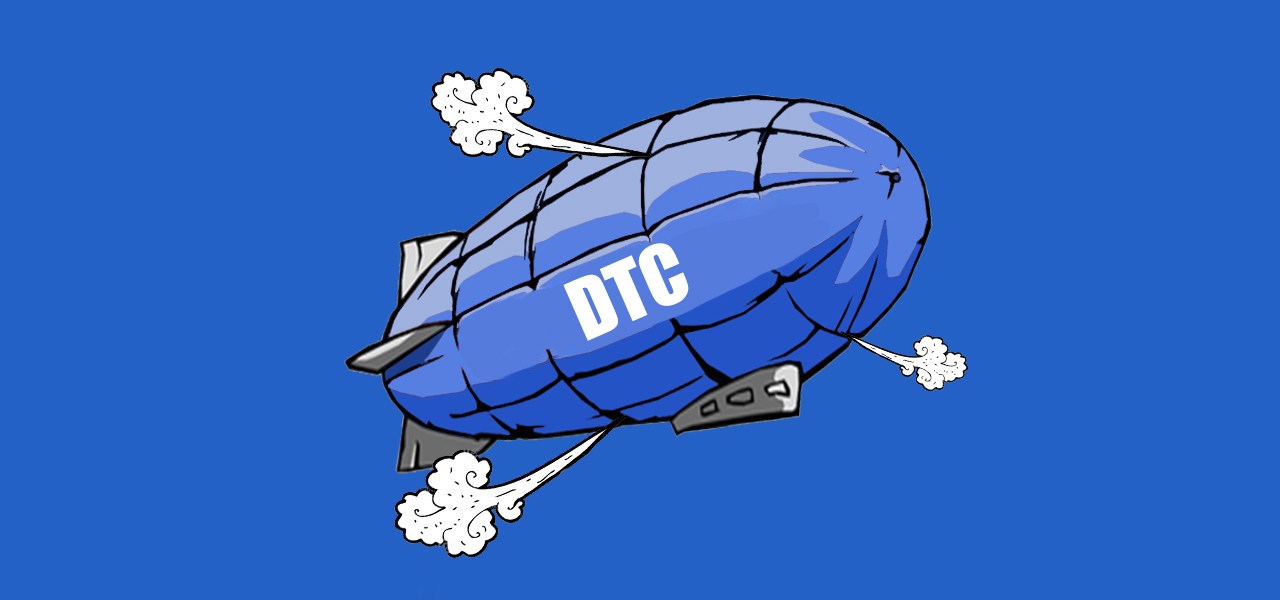Luma CEO Terry Kawaja: DTC is ‘a highly fragmented ecosystem ripe for consolidation’

Through acquisitions, retail partnerships and investments, traditional retail companies are plotting ways to work with the direct-to-consumer brands that set out to disrupt them.
Terry Kawaja, CEO and founder of strategic advisory firm Luma Partners, anticipates these types of relationships will separate who wins in the DTC category from who disappears. Speaking at the BDMI Media Summit on Thursday, Kawaja positioned this evolution of the category as the natural progression of an industry that started out independently, but now has to live up to big expectations from investor funding: According to data from Luma, $10 billion has been funneled into roughly 400 direct-to-consumer brands to date.
“Direct-to-consumer in 2019 feels a lot like programmatic on the enterprise side in 2009: A highly fragmented ecosystem that’s ripe for consolidation,” said Kawaja.
DTC brands’ DNA makes them attractive prospects to both holding companies that would rather buy up than compete with trendy, millennial-driven brands and retailers that need to update inventory to drive new customers into stores. Traditional marketers and retail teams at companies like P&G and Unilever can compete with some of the new brand characteristics that DTC companies have chartered, according to Kawaja: They can rethink storytelling-driven marketing strategies, they can figure out performance-oriented media spend and growth-oriented marketing. But they’re not digitally native, they don’t have ready access to customer data and they can’t cut traditional retail partnerships out of their distribution strategies.
Retailers are targeting DTC brands to benefit from the customer relationships they’ve built. At the same time, new brands need these relationships to find new customers and sell more products as the limits of digital marketing and e-commerce are reached.
Versed, a line of skincare products launched by Clique Media (before it was spun off into its own product development platform, Offspring), debuted in Target stores in May. It plans to launch its own e-commerce site later this summer, after it tests product-market fit with Target customers. Mike Giordano, Versed’s chief operating officer, said Versed still considers itself digitally native, despite the Target distribution strategy, because of how it put together its product line using insight from Clique Media’s audience. Selling through Target was a pragmatic decision to sell more without paying for customer acquisition online — according to Giordano, 85% of beauty purchases happen in stores.
Wholesale relationships and acquisitions — Giordano said that while his brand benefits from being nimble without a parent company, he wouldn’t turn away P&G if it came knocking — are moat-builders for DTC brands that aren’t operating under the weight of billion-dollar valuations, like Away, Allbirds and Casper. The DTC market is heading toward a shakeout, Kawaja said, and the biggest brands will be put to the test, while smaller startups will have to protect themselves.
Ad position: web_incontent_pos1
“Soaring valuations will test how many of these brands can scale beyond $200-500 million in revenue. More will go the way of trade sale and there will be a lot of losses,” said Kawaja. “Don’t cry for the VCs — they’re used to losses. But a lot of these companies will fail, because it’s difficult.”
—
Sign up for the Modern Retail Briefing to get retail news, analysis and insight delivered to your inbox every morning.

